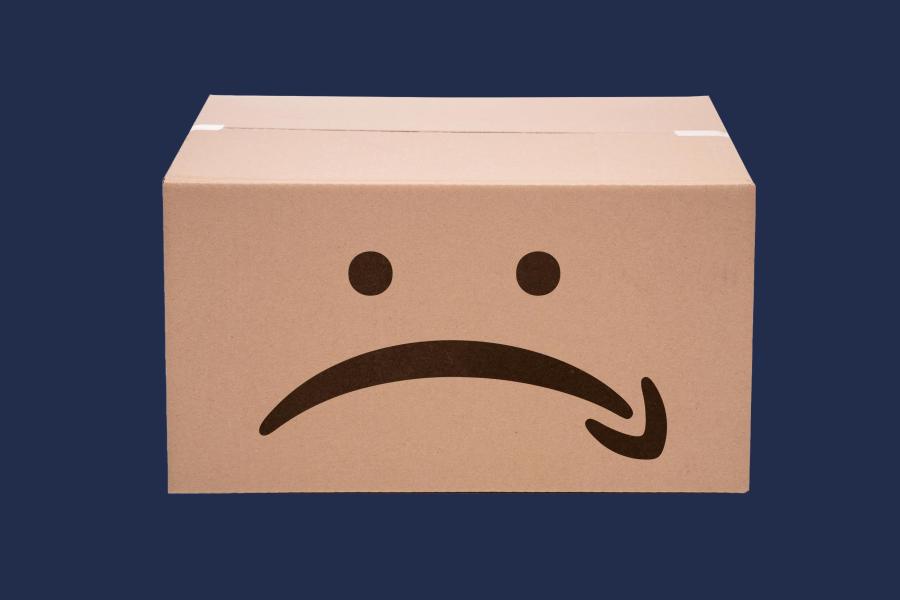Any University of Virginia football fan who’s also a YouTube TV subscriber was likely out of luck Saturday when the Cavaliers played the University of California, Berkeley, on ESPN2.
A contract dispute between parent media companies – Google and Disney – caused Disney-owned channels, including ABC and ESPN’s networks, to be pulled from YouTube TV, beginning late Thursday.

Darden School of Business assistant professor Anthony Palomba is an expert in audience analysis, media innovation and firm competition, and entertainment science. (Photo by Matt Riley, University Communications)
That left roughly 10 million YouTube TV subscribers blacked out from watching several high-profile college football games Saturday, including 15th-ranked UVA’s 31-21 win over Cal.
As of Monday afternoon, there’s been no resolution. This marks a fifth carriage spat for YouTube TV in 2025 after earlier clashes with Paramount, Fox, NBCUniversal and TelevisaUnivision.
To get a sense of why this keeps happening, we caught up with Anthony Palomba, an assistant professor of business administration at UVA’s Darden School of Business and an expert in the media and entertainment industry.
Q. Why is YouTube TV constantly in disputes?
A. YouTube TV’s persistent involvement in carriage disputes reflects broader structural tensions in the streaming television industry, rather than unique combativeness on the platform’s part.
Streaming platforms, like YouTube TV, that replicate traditional cable packages operate under mounting pressure from all sides. Content costs continue to rise as more platforms and outlets compete for a limited pool of in-demand talent.
In this volatile environment, YouTube TV must navigate high-stakes contract negotiations with major media companies like Disney, NBCUniversal and Fox Corporation. This means that it’s often reaching last-minute extensions or deadline-driven deals. These recurring standoffs reflect a deeper tension between aggregators striving to contain costs and content owners seeking to preserve or expand their revenue and control. The frequency of such disputes is not an anomaly, but a symptom of the distribution model’s underlying instability.
Q. Who are the winners and losers of these disputes?
A. Consumers theoretically benefit from intensified competition, as companies should be driven toward producing the best product possible. Of course, in practice, they more often experience higher prices and temporary channel losses.
The losers are more clearly defined: subscribers face service disruptions, frustration and escalating costs; distributors see their value proposition undermined, potentially triggering subscriber churn and negative publicity; advertisers suffer from reduced reach and disrupted campaign planning when programming goes dark.










